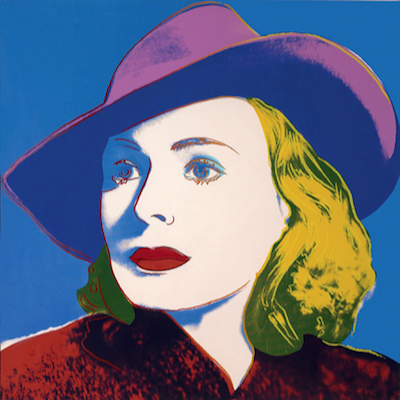Such works as Pansies and West Palm Beach perhaps best exemplify his quintessentially American take on the classical themes of portraiture and landscape via the use of his flat colour and economy of line.
« (The) one thing I don’t want to do is things already done. As for particular subject matter, I don’t like narratives, basically. »
Alex Katz
Katz was notably influenced by the woodcuts of Japanese art, particularly the works of Kitagawa Utamaro; this inspiration, alongside his depictions of American culture and scenery (further inspired by television, films and billboard advertisements) have led to his paintings been dubbed as ‘precursors to
Pop Art’. (
Artist website)
Read More
Such works as Pansies and West Palm Beach perhaps best exemplify his quintessentially American take on the classical themes of portraiture and landscape via the use of his flat colour and economy of line.
« (The) one thing I don’t want to do is things already done. As for particular subject matter, I don’t like narratives, basically. »
Alex Katz
Katz was notably influenced by the woodcuts of Japanese art, particularly the works of Kitagawa Utamaro; this inspiration, alongside his depictions of American culture and scenery (further inspired by television, films and billboard advertisements) have led to his paintings been dubbed as ‘precursors to
Pop Art’. (
Artist website)
Read Less
















































































































































































